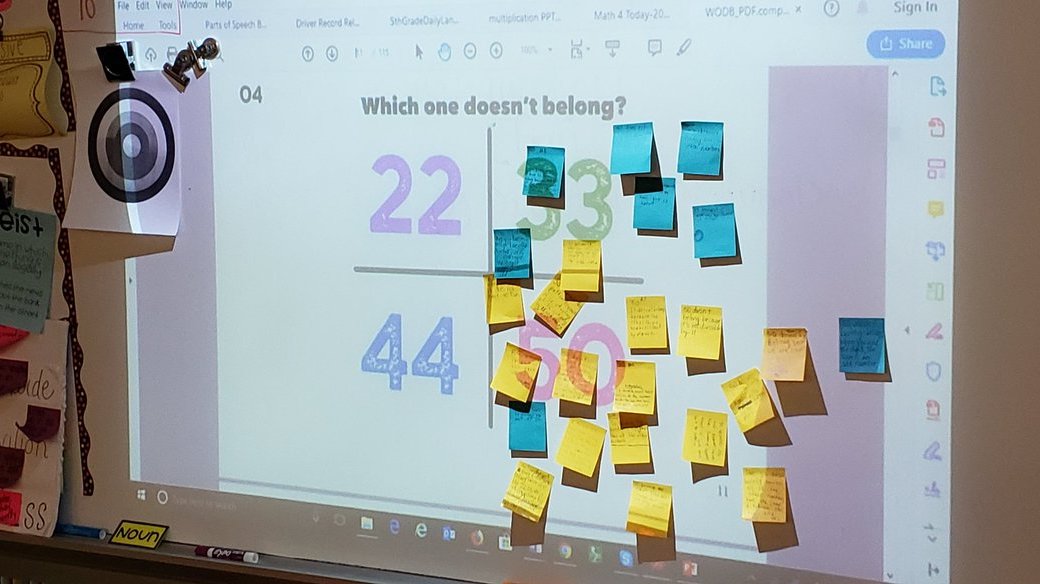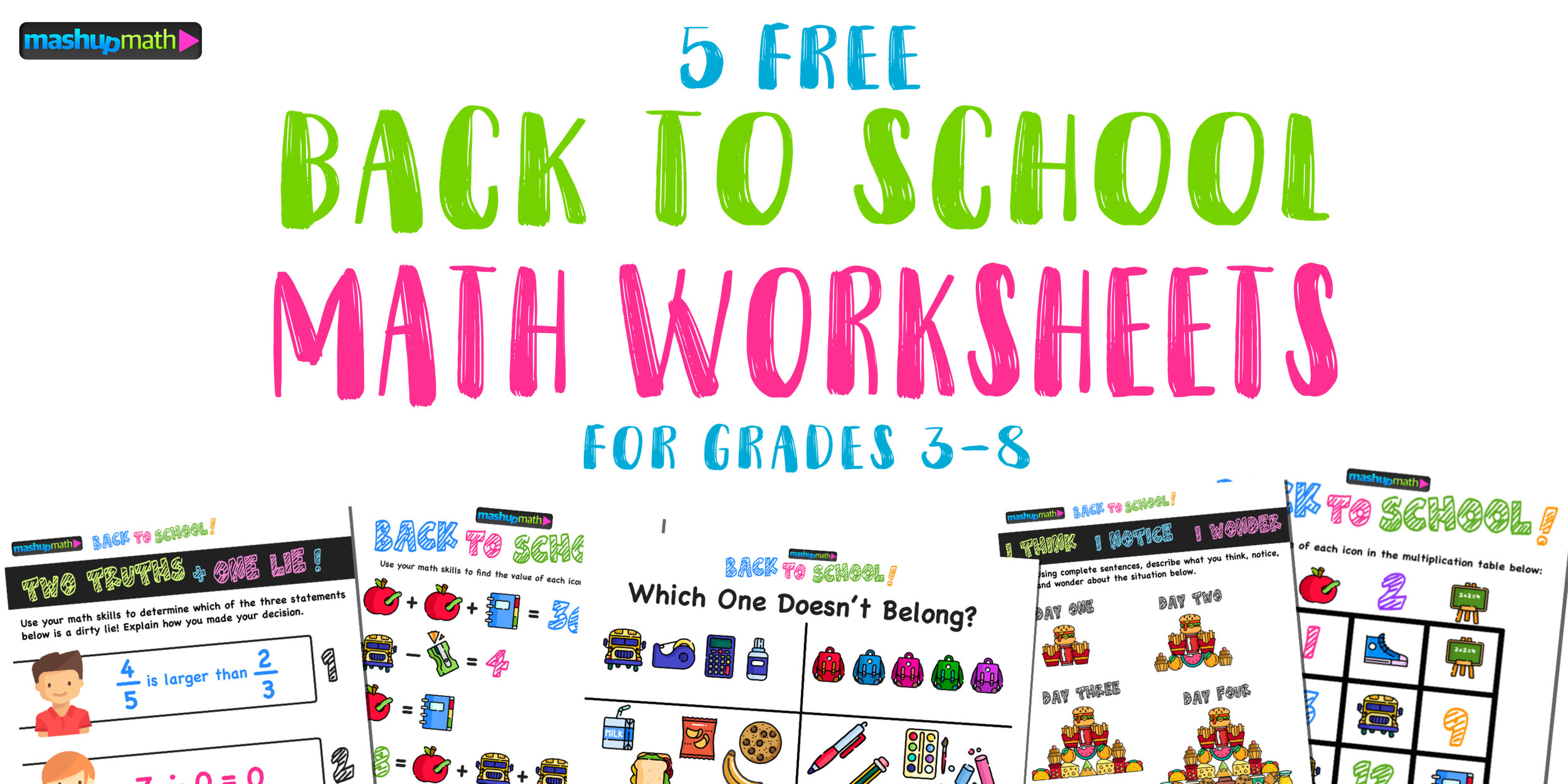How to Use Which One Doesn’t Belong? to Teach Math
Great math teachers know that the first five minutes of class are the most important—if you don't engage your kids early, then you'll be struggling to gain their attention for the entire class.
But finding fun and engaging warm-up activities can be challenging, as students can quickly become bored with routine and repetitive practice problems.
If you are looking to make your math warm-ups more visual and thought-provoking, then starting your lessons with Which One Doesn’t Belong? (WODB) activities is a great strategy for instantly sparking creative and critical student thinking that will last for the entire lesson.
How do WODB activities work?
Instead of working on practice problems during a lesson's warm-up, students will observe and reflect upon a graphic displaying four images. They will then apply their mathematical and reasoning skills to decide which of the four items does not belong and also justify why their choice is valid.
Are WODB activities like visual multiple choice questions?
Nope.
WODB activities do not have a single correct answer. These graphics are designed to be interpreted in a variety of different ways in order to spark deep mathematical thinking and discussion (in small groups, whole class, or both).
Here's an Example:
Consider the graphic below and the different responses by Students A, B, and C.
Student A says: I think 27 doesn’t belong because it is the only value that is not divisible by four. Also, 27 is the only odd number in the group.
Student B says: I think 64 doesn’t belong because all of the other numbers are either a perfect square or a perfect cube, but 64 is both!
Student C says: I think 16 doesn’t belong because it is not a perfect cube and the other three are.
Using post-it notes is a great strategy for assessing student thinking, especially when using WODB as an exit ticket.
Notice that all three students have engaged in deep mathematical thinking and their curiosity and interest will carry on throughout the day’s lesson!
As teacher, you can steer this discussion in a variety of directions by asking follow-up questions like:
What justification could you use to say that 8 doesn’t belong?
What other justifications could student A have used to decide that 27 does not belong?
How can students A, B, and C all be correct even though they each chose different values?
What topics and grade levels are WODB activities best suited for?
WODB activities can be used for all grade levels and topics. The graphics can be topic/lesson specific or broader and more open-ended. Remember, the idea is to spark enough student thinking, interest, and curiosity at the beginning of your lesson to last for the entire class!
Are you ready to give it a try?
Here are a few free graphics for you to try with your kids!
Looking for more? Download your 101 WODB Warm-Up Activities for Grades 1-8 eBook!
Looking for more?
You can now share 101 daily WODB warm-up activities for grades 1-9 with your kids with our PDF workbook!
And for more inspiration, graphics, and ideas check out Mary Bourassa's WODB website and Christopher Danielson's Which One Doesn't Belong? A Shapes Book.
Are YOU ready to start using WODB math activities with your kids? You can now get our best-selling PDF workbook with over 100 printable WODB activities!
An example of how you can record student responses.
Do you have experience using WODB activities with your math students? Share your thoughts and suggestions in the comments section below!
(Never miss a Mashup Math blog--click here to get our weekly newsletter!)
By Anthony Persico
Anthony is the content crafter and head educator for YouTube's MashUp Math and an advisor to Amazon Education's 'With Math I Can' Campaign. You can often find me happily developing animated math lessons to share on my YouTube channel . Or spending way too much time at the gym or playing on my phone.















































